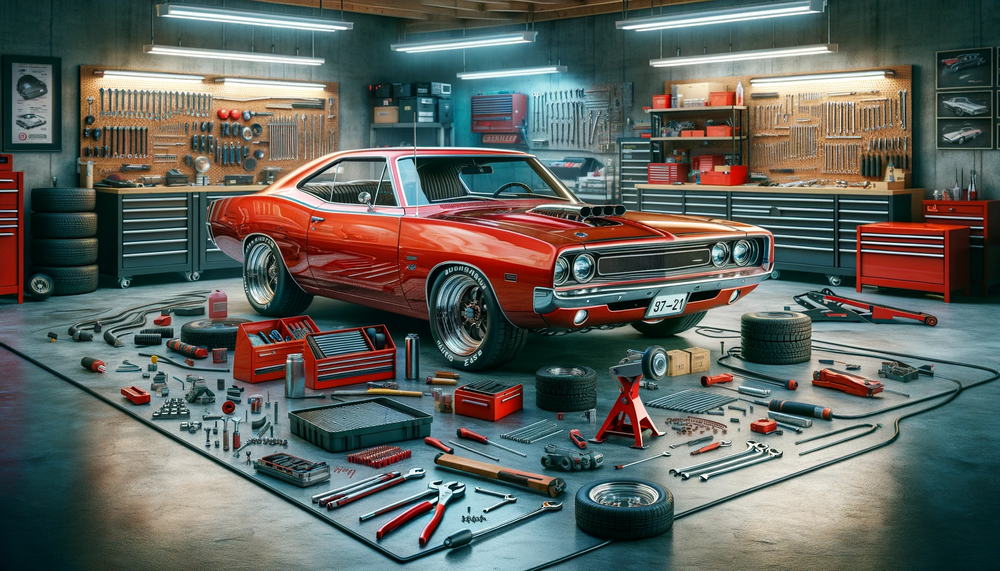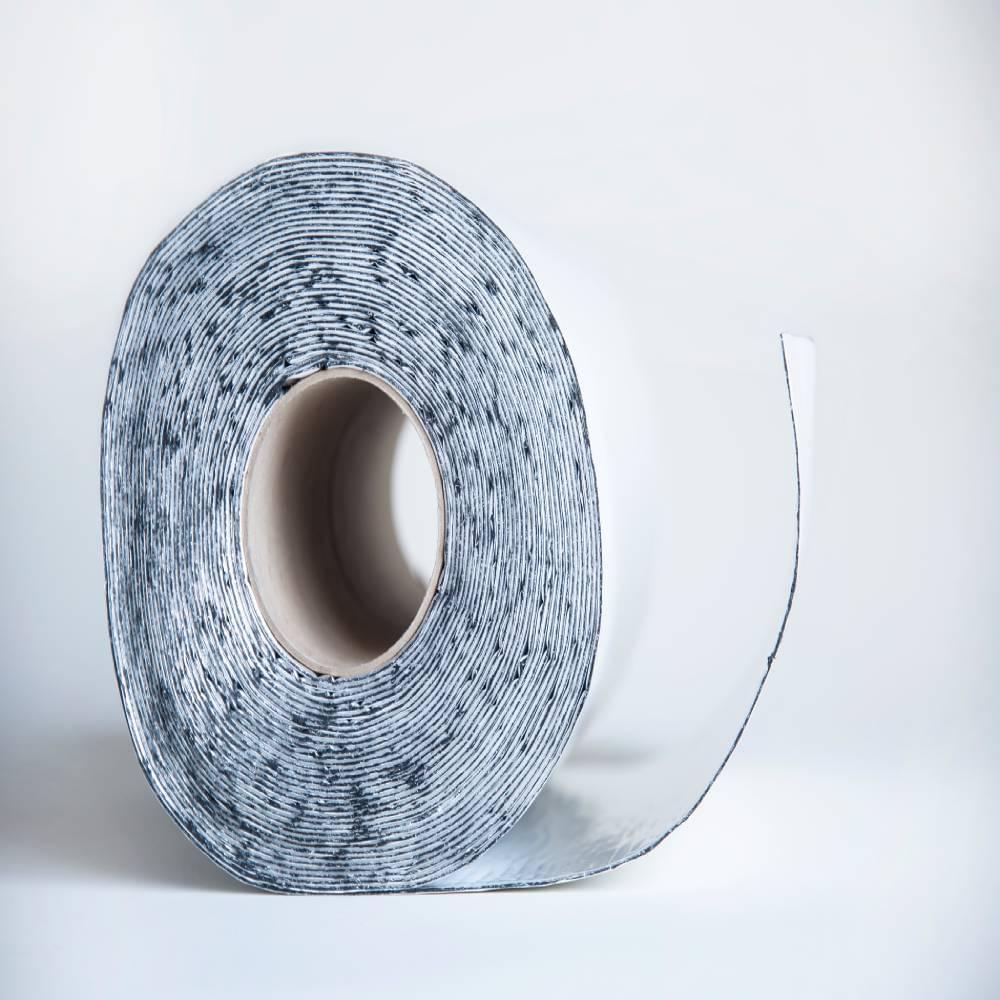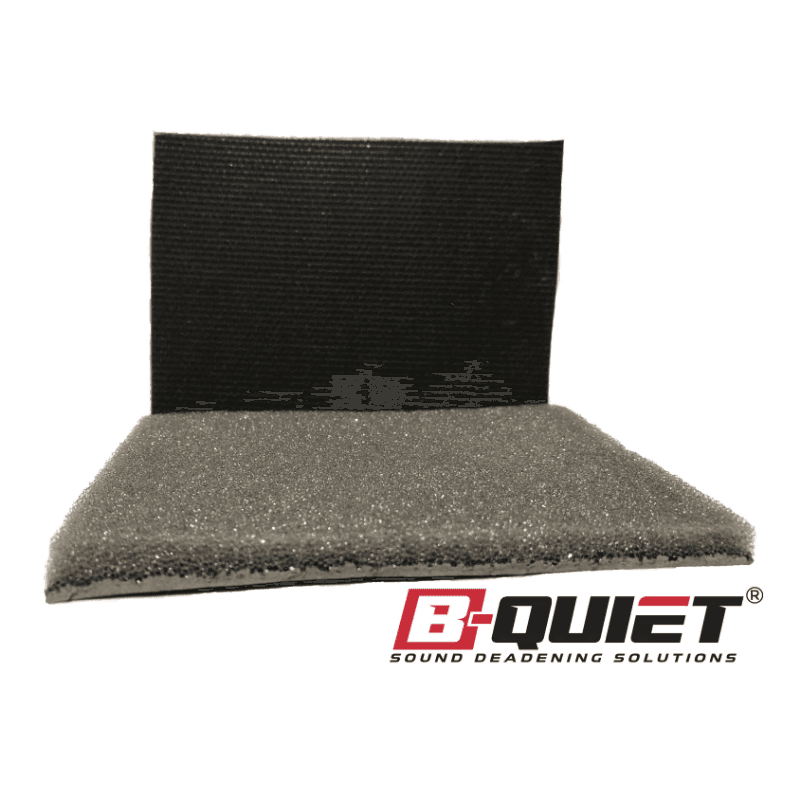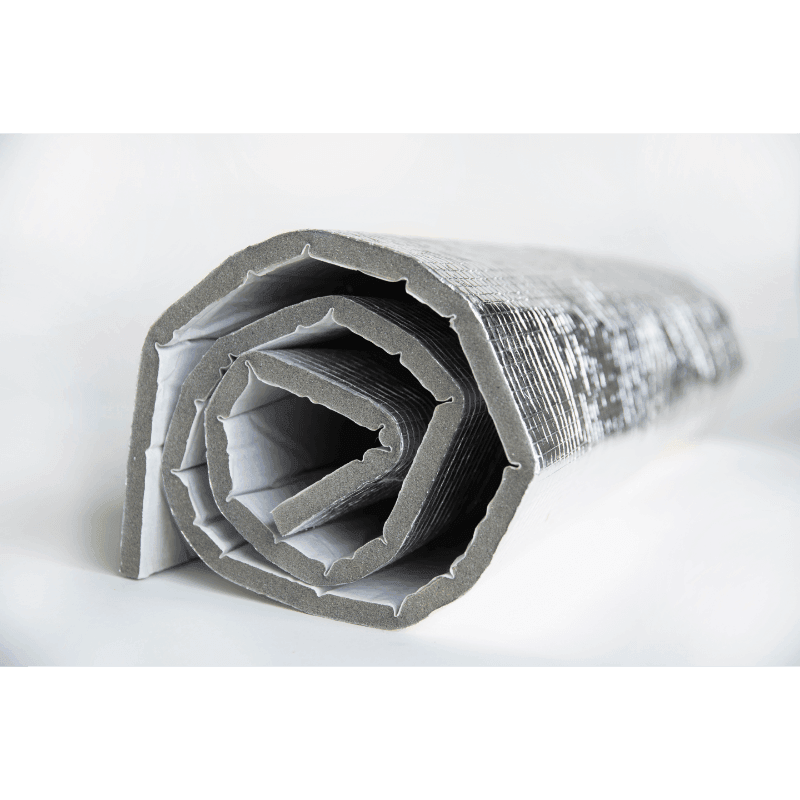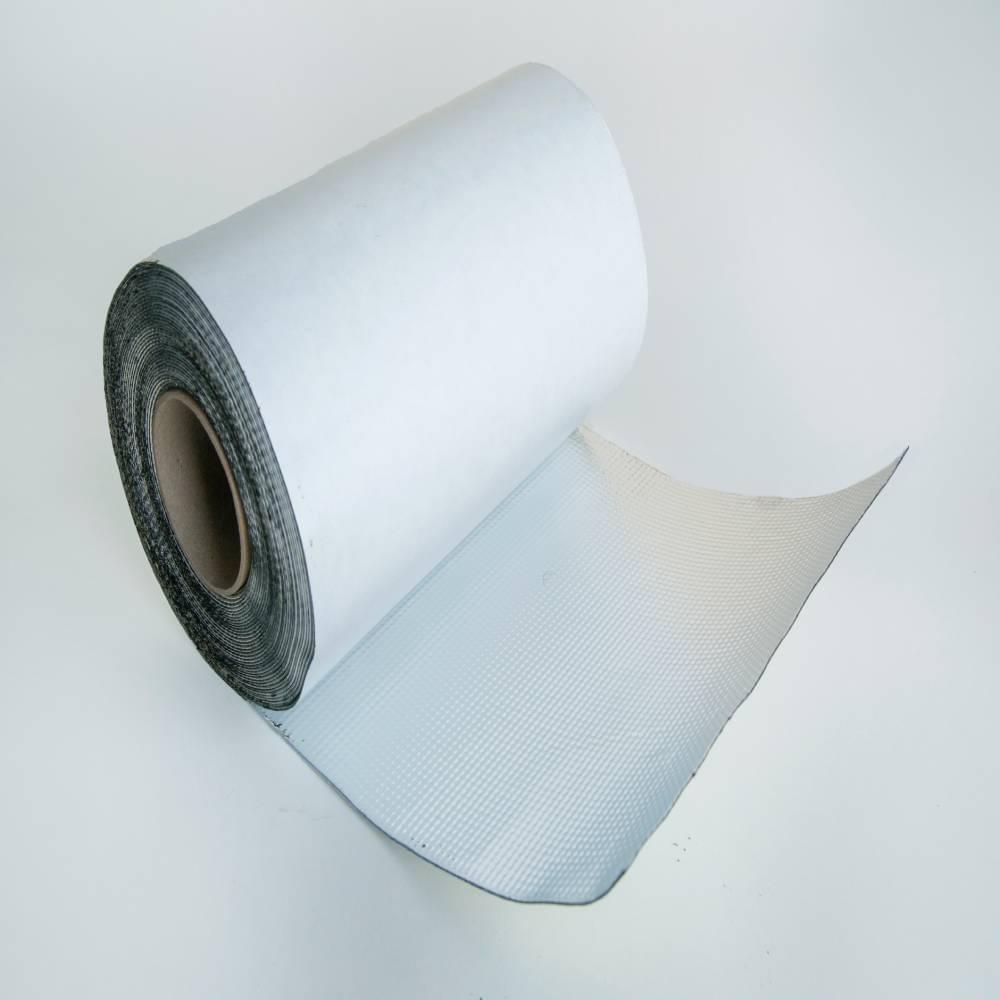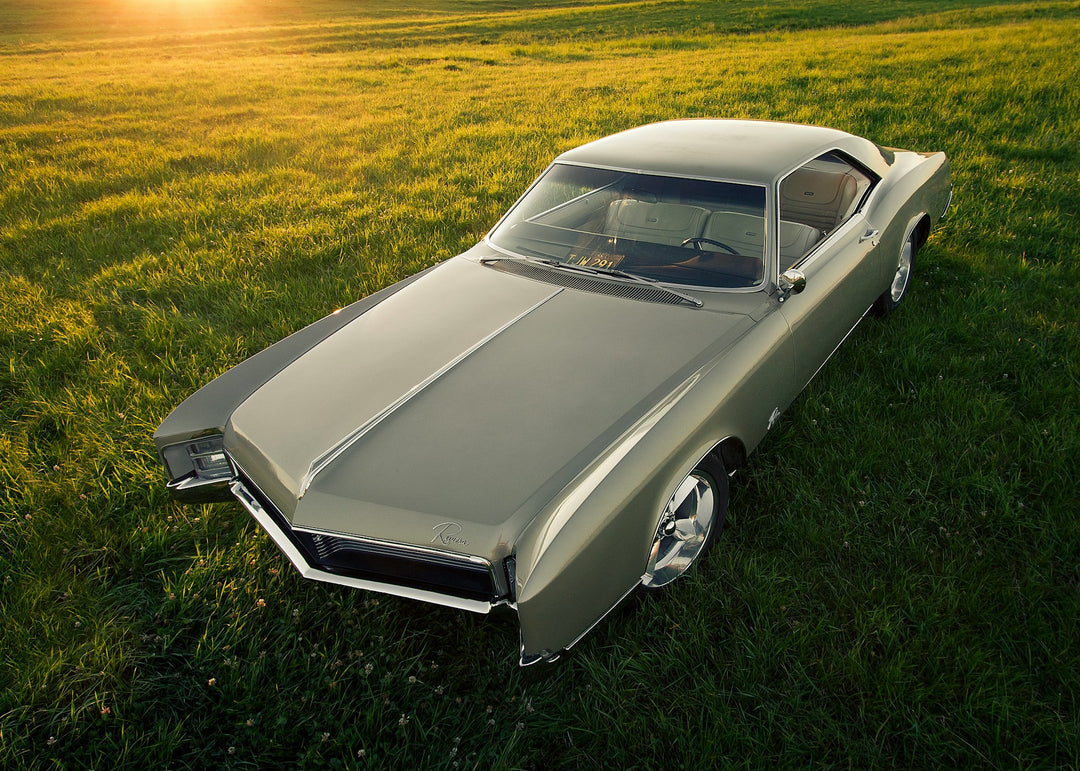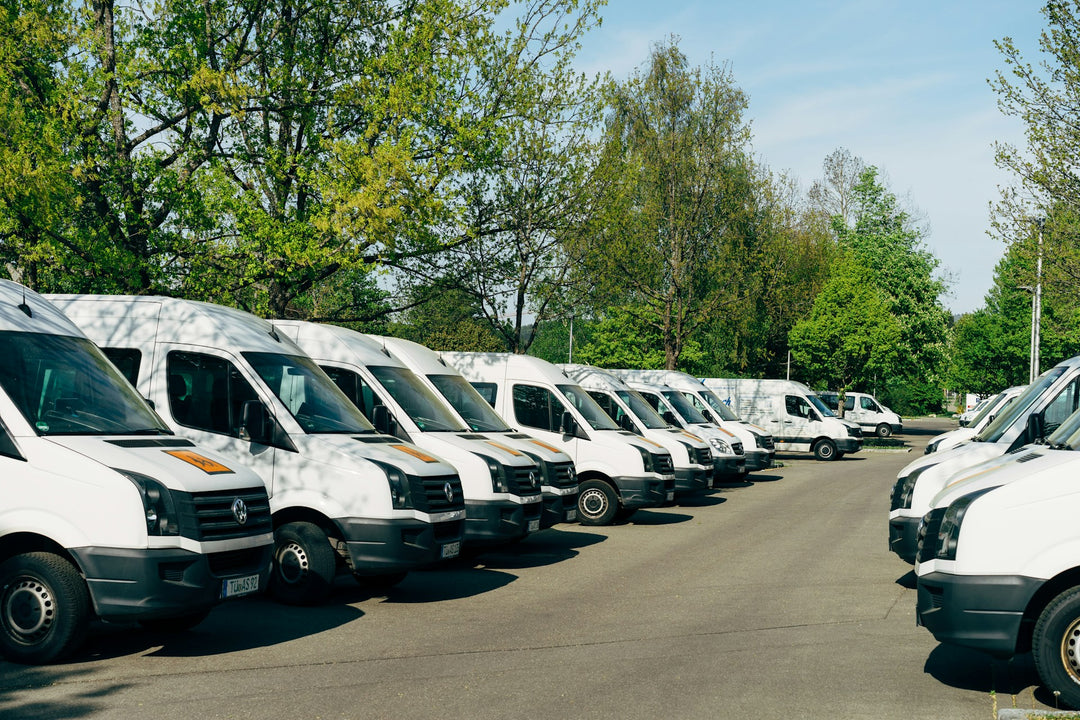Soundproofing Convertibles: A Comprehensive Guide to Enhancing Interior Acoustics
Convertible owners are drawn to the allure of open-top driving, where the wind rushes through their hair, the sun casts its warmth, and the open road calls them to adventure. While these vehicles undoubtedly offer unique and thrilling motoring experiences, one of the challenges faced is effectively managing the cabin noise when the top is down. Even with the top-up, convertibles can exhibit greater noise intrusion than their hardtop counterparts, potentially impacting driver and passenger comfort.
In this comprehensive guide, we will delve into the world of soundproofing convertibles, providing invaluable insights into the most effective methods for enhancing your convertible's acoustic comfort without losing that unmistakable open-top driving appeal. From identifying key noise sources in convertibles to choosing the right sound deadening materials and techniques, we will equip you with the knowledge and resources required to maximize the enjoyment of your convertible driving experience.
Embrace this exploration of soundproofing for convertibles as we demonstrate how to achieve the perfect balance of top-down thrills and acoustic comfort. Whether you're a seasoned convertible owner or new to the world of open-top driving, our expert guidance will empower you to take control of your driving environment, allowing you to enjoy your convertible to the fullest, whatever the conditions.
Key Noise Sources in Convertibles
Understanding the main sources of noise in convertibles is crucial to effectively enhance acoustic comfort while maintaining the uniqueness of open-top driving:
- Wind Noise: When the top is down, wind noise is the most prominent sound experienced in convertibles, with higher speeds generating increased turbulence and noise.
- Soft Top Construction: Soft tops can let more noise infiltrate the cabin compared to hardtop vehicles, making top-up driving less quiet than hardtop counterparts.
- Road Noise: Tire and suspension noise can be more pronounced in convertibles due to the increased vibrations and resonance from the open top.
- Body Flex: Convertibles often suffer from greater body flex than hardtop vehicles, which can lead to increased cabin noise from chassis vibrations.
Selecting the Right Sound Deadening Materials for Convertibles
Choose sound deadening materials that effectively target the particular noise sources found in convertibles:
- Wind Deflectors: Installing wind deflectors can reduce wind turbulence and noise when the top is down, making open-top driving more pleasurable.
- Mass Loaded Vinyl (MLV): This high-density material blocks sound effectively and can be utilized on various surfaces, such as floors and doors, to minimize road noise and vibrations.
- Closed Cell Foam: A lightweight and versatile sound-absorbing material, closed cell foam can be used to insulate the cabin and dampen noise in areas with irregular shapes.
- Thicker Soft Top Material: While not a universal solution, some convertible owners may consider replacing their vehicle's stock soft top with a thicker, more insulating material to decrease noise infiltration.
Effective Sound Deadening Techniques for Convertibles
Implement targeted sound deadening techniques to enhance your convertible's acoustic comfort without compromising its unique character:
- Inspect and Seal Gaps: Examine your convertible's seals and gaskets, particularly around the soft top and windows, to ensure a tight fit and prevent noise leakage.
- Focus on High-Impact Areas: Prioritize your sound deadening efforts on the most significant noise sources, including floor panels, doors, and wheel wells.
- Door and Window Seals: Inspect and replace deteriorating door and window seals to minimize wind noise and improve overall cabin comfort.
- Undercarriage Soundproofing: Apply undercoating and sound deadening materials to the vehicle's undercarriage to reduce road noise and vibrations transmitted through the chassis.
Balancing Sound Deadening and Convertible Functionality
Achieving the right balance between sound deadening and convertible functionality is essential for maintaining the unique appeal of open-top driving:
- Maintain Practicality: Ensure that any modifications you make do not interfere with the convertible's ability to function properly, such as opening or closing the top.
- Choose Reversible Modifications: Opt for sound deadening techniques and materials that can be easily removed or altered if desired, enabling you to fine-tune your acoustic comfort down the road.
- Consider Weight Implications: Be mindful of the weight of sound deadening materials and modifications, as excessive weight can negatively affect your convertible's performance and fuel efficiency.
- Test and Adjust: After implementing sound deadening solutions, test your convertible in various driving conditions and adjust as necessary to optimize the overall acoustic comfort.
Conclusion:
Convertible ownership is all about the joy of open-top driving, immersed in nature and the exhilarating sensation of freedom. However, excessive noise can detract from the pleasure of the convertible experience. By understanding the specific noise sources unique to convertibles and employing targeted sound deadening materials and techniques, you can strike the perfect balance between acoustic comfort and open-top driving appeal.
As experts in automotive sound deadening, B-Quiet is passionate about assisting you in achieving the optimal acoustic environment for your convertible without losing its distinctive character. Our experience and expertise enable us to guide you through the process of tailoring your convertible's sound profile, ensuring a driving experience like no other. Don't hesitate to contact our team today to embark on your journey toward an enhanced convertible experience that leaves you free to enjoy the wind in your hair and the open road ahead.


